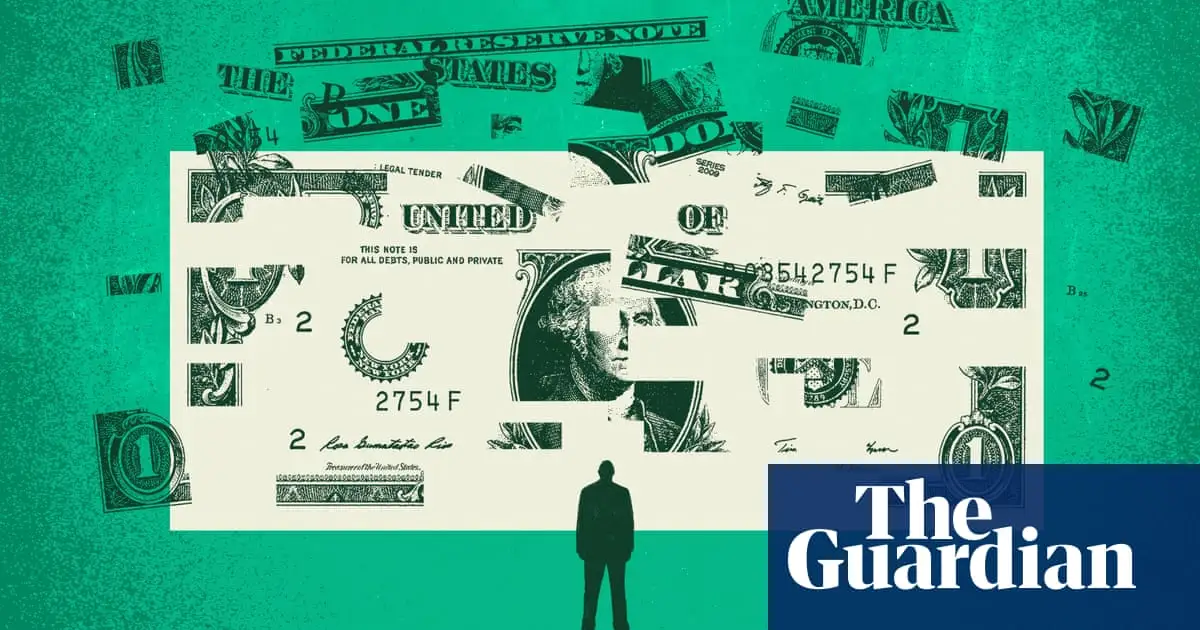- cross-posted to:
- usnews
Many progressive economists pointed to corporate profits – or “greedflation” – and supply chain issues as a driver of high prices
Theft. It’s called theft.
Smokes cigar: Akshually it’s a reasonable rate of return, but I wouldn’t expect you W-2 menials to understand.
Theft is when you take something someone else has without their consent. Charging a lot for what you sell isn’t theft.
Profiteering, price gouging, and wage theft are forms of theft.
Many places already make these illegal, but corporations don’t face consequences when caught.
The worst part is that many of these companies have stated that without increases in consumer prices, they would be forced to shut down. Lies.
Our largest grocery store operator in Canada has been posting record profits these past few years, despite claiming that prices need to go up. They are stealing from consumers.
Aren’t they also losing customers? I don’t buy shit anymore. Won’t a lot of places eventually drive themselves out of business? A smaller, captive customer base with the wealth to choose differently if they feel like it. The vast majority just doing without whatever isn’t crucial.
You can’t really stop buying food. There’s a reason that (say) a laptop costs the same now that it did in 1998 but eggs went from $2.50 a dozen to $8 a dozen in a few weeks with no actual change in supply or demand outside of a very brief constraint on shipping.
Right, and when all we buy is food, many, many other businesses go poof. I’m not saying food isn’t expensive. I’m saying that’s all I buy anymore.
deleted by creator
If you want to know how bad we’re being fucked, search for the PPI, the producer price index. CPI, the one we always hear about, is the measure of inflation to us, the consumer. The PPI is the measure of inflation to producers, what they pay for goods and services to produce the goods and services we buy.
The PPI has been back to “normal” for a while now. Pretty much as soon as the post COVID logistics issues were mostly ironed out. The difference between PPI and CPI changes is pure profit.
We don’t get daily articles on the PPI though, I wonder why.
Edit: tell people about PPI whenever you can, online or off, the more people know, the better. It’s easy enough to say inflation is just down to greed but being able to back it up by comparing two simple charts will help people really understand.
Corps took a hit due to covid lockdowns, they wanted to get the profit they missed back and then just said fuck it, they are used to these prices is what I’m hearing.
Meanwhile, everyone knew this and the Fed targeted individuals instead of corporations when trying to tackle it.
So according to the report, since 2019 54% of price increase are due to labor, 34% to profit and 12% to non-labor.
Those 12% that started the current inflation loop are relatively small overall.
Another so called “economics think-tank” that thinks [consumer price]-[raw material cost]=[profit]. They are just ingnoring all of the other variables in equation. P&G (their biggest example) laid off a huge percentage of their workforce during the pandemic and increased the price of the products. Now they are nearly back at 100% of their workforce but everyone is being paid more. It ends up being a wash for consumers at that point. That’s not even including cost of energy, cost of machine maintenance, and all of the other little things that have increased over the last few years. Nonsense.







